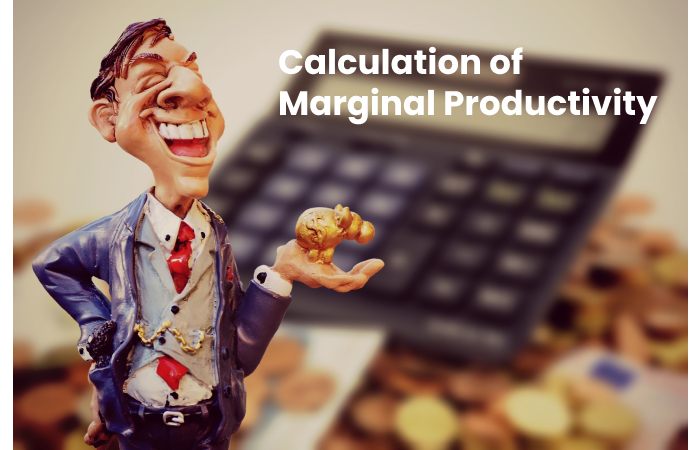Table of Contents
What is the Marginal Product?
Marginal Product – Marginal output is the change in the output of goods or services produced by additional inputs of capital or labor. It is an additional cost to the business that can increase or decrease productivity.
In the case of factor capital, this means purchasing new equipment such as machine tools. In the case of a worker, it is an increase in working time through overtime or the hiring of a new employee. To speak of an increase in marginal production, the contribution of the additional factor of production. Thus must be associated with only one of the two workers (capital or labor). The other elements should remain unchanged.
Also Read: Onkyo – Introduction, Pricing, Features, and More
Marginal Product Formula
The marginal product equation is the change in the quantity (Q) of goods produced divided by the change in (L) unit of labor (the change in Q divided by the change in L). The denominator of this equation is always one because the formula depends on each unit increase in employment. Firms can easily find a marginal product by subtracting the previous quantity of goods produced from the current amount of goods produced.
Also Read: Steampunk keyboard – Introduction, Steampunk keyboard
Calculation of Marginal Productivity

The increase or decrease in marginal revenue is measured by comparing the number of additional goods or services produced over time. Marginal productivity is a function of the change in the amount of labor (overtime) or capital (invested capital) and the expected return (output). A distinction must be made between the capital factor and the labor factor.
The marginal product of capital = cost of changing production/depreciation of new equipment
The MP of labor = Change in output / Cost of hiring a new employee or paying overtime
The marginal revenues to the factors of production follow the law of diminishing returns. The higher the volume of production, the lower the increase in marginal productivity. The cost of manufacturing a product or service tends to decrease with the number.
Marginal Product of Capital Formula
The formula for calculating marginal product
Marginal Product of Capital = Change in Total Output / Change in Capital
where,
The difference in total output = change in units produced by the firm, calculated by subtracting the old output level from the new branches of production.
Change in capital = change in the company’s capital calculated by subtracting the amount of the previous money from the new amount of the individual.
Also Read: Calligraphy Cursive Writing – Introduction, Benefits, Basics, and More
Advantages of Marginal Product of Capital
The various benefits are as follows:
It allows the firm to know the effect of each additional capital unit on the output level.
With the help of the marginal product of capital, the firm’s organization can determine whether it is worth introducing new money into the firm. If the level of output increases, the single firm should spread new capital. And also that point where the level of output starts decreasing with additional money. The company should stop investing new capital.
Loss of marginal product of capital
There are Some Disadvantages:
The marginal product of capital theory depends on some unrealistic assumptions.
For the marginal product of capital to obtain correctly, other factors constant. If other factors do not remain constant, the theory may not produce valid results and, therefore, will be of no use.
Important Point
The various essential facts are as follows:
It allows the firm to know the effect of each additional capital unit on its output level.
Every extra dollar invested by the company will increase production. But there will be a certain point where there will be no increase in production, and it will start to decline or even be harmful. It is called the negative marginal productivity of capital. In this case, if the output level increases, the sole firm has to spread the new wealth. And also to the point where the output level begins to fall with additional money, the firm has to stop investing new money.
Also Read: Cloud Migration – Introduction, Strategies, Benefits, and More
Conclusion
Thus, in economics, the marginal product of capital is the change in the firm’s output due to the use of an additional unit of money.
Therefore, It lets the company know the effect of each additional capital unit on its output level and helps its management decide whether it is worth introducing new money into the business. Every extra dollar of investment by the firm will lead to an increase in output. However, there will be a certain point where there will be no increase in production, and it will start to decline or even turn negative.
However, it is based on some unrealistic assumptions. In addition, other factors must be constant; if other factors do not remain constant. The theory is unlikely to give correct user results.
Also Read: Marketing Agency – Introduction, Advantages, Services, and More

